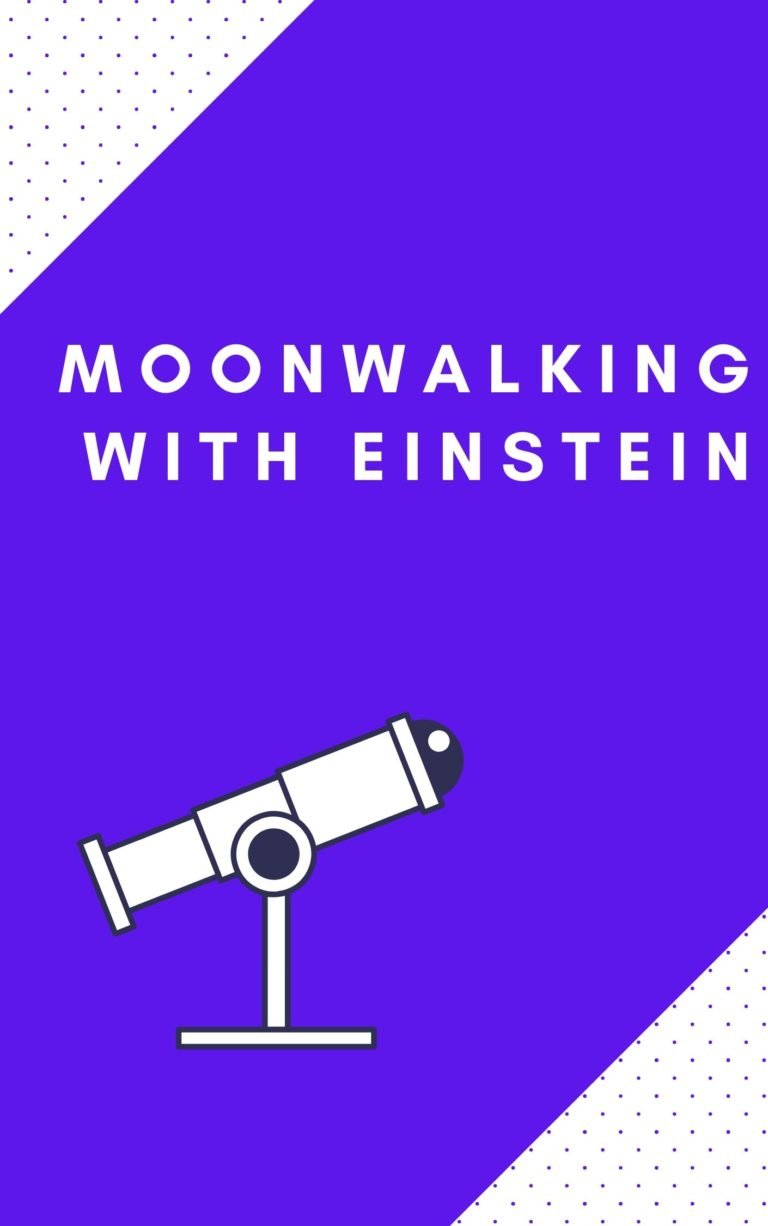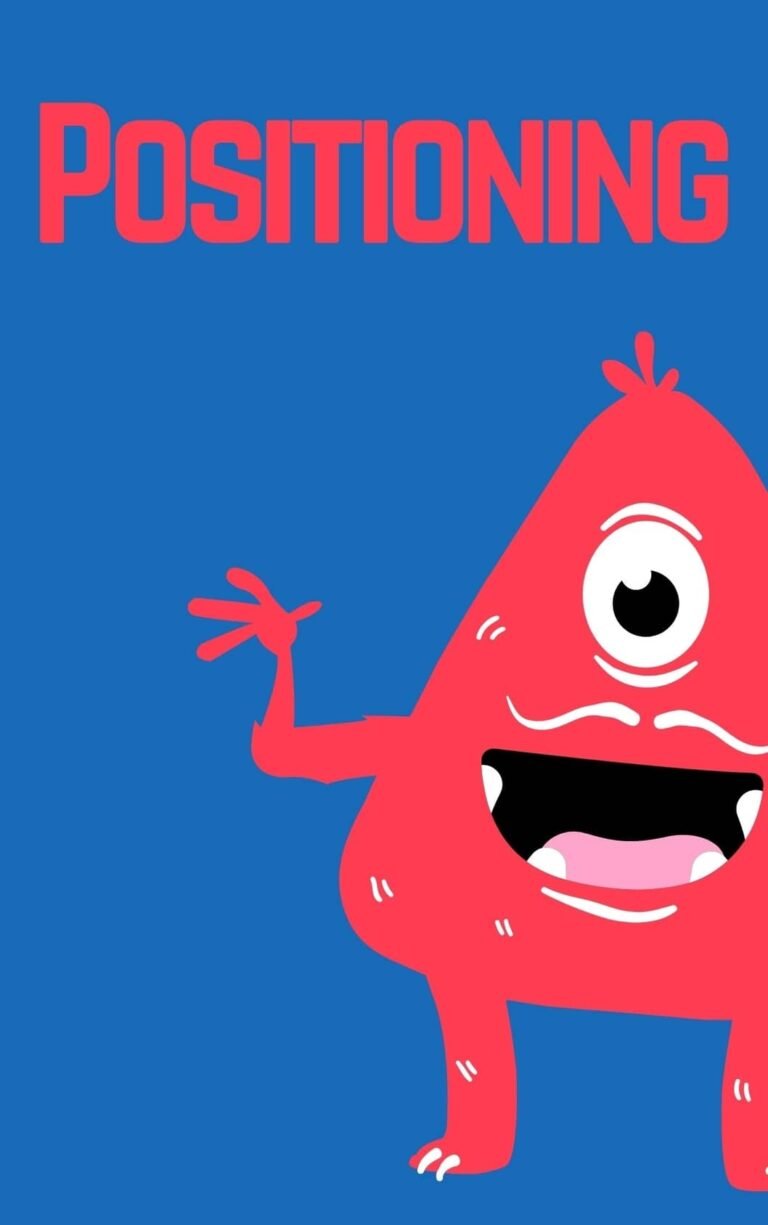Epidemic
Reid Wilson
Rating: 8.0
“You don’t need to be a scientist to be enthralled by Epidemic. But many will be because the story of the scientific and public health community’s response will inform steps taken in the future to first discover and then combat every potential public health emergency. Reid Wilson also explores the political reactions to this crisis, which by turns were measured and unhinged. In politics doing the right thing is sometimes most difficult when everyone is watching. Epidemic tells that story briskly and brilliantly”
-Major Garrett, White House Correspondent for CBS News and National Journal
Contents
A Deadly Virus
The Ebola virus, first discovered in 1976 near the Congo River in Africa, is one of the deadliest germs ever seen. In most outbreaks, Ebola kills 90% of the people it infects. As the virus replicates in human victims, it causes high fever, vomiting, diarrhea and oozing discharges from the eyes and nose. Ebola needs just the smallest of entry points to spread to a new victim: It can penetrate mucous membranes and small scrapes on the skin.
“The virus that raged from remote forest villages to crowded slums of major capitals is one of the most deadly pathogens ever discovered; in previous outbreaks, nine out of every ten people infected had died, often in gruesome ways.”
In the decades after the virus was discovered, Ebola outbreaks were confined to remote parts of the Democratic Republic of Congo, Sudan, Gabon and Uganda. Victims tended to die so quickly, they didn’t have time to travel far enough to spread the disease to new locales. Thus, once the disease had claimed all the denizens of a small village, it had nowhere else to go, and the outbreak fizzled out. Immunologists were left to imagine what might happen if Ebola arrived in a large city – and to feel fortunate that the disease had remained a rural scourge rather than an urban blight. Meanwhile, public fear of the disease was sparked, briefly, by the 1994 bestseller The Hot Zone, in which author Richard Preston described Ebola’s nightmare-inducing death toll and symptoms. Preston’s book was turned into the 1995 movie Outbreak, and while scientists disputed the accuracy of the book and the film, both gave new urgency to the idea that an incurable, contagious germ could one day rage unchecked across an increasingly mobile world.
The Outbreak Begins
The Ebola outbreak of 2014 appeared, at first, to follow the old pattern of a contagion contained to remote villages. The first known case emerged in late 2013, when a two-year-old boy in rural Guinea fell ill. It’s unclear how the boy contracted the virus, but it’s possible that he was bitten by a bat or that he touched infected bat feces and then rubbed his eye. The sick boy died at home in December 2013. He shared a bed with his pregnant mother, and she, too, perished. Emile’s three-year-old sister and his grandmother also died.
“Today’s outbreak in West Africa, if left unchecked, is tomorrow’s global pandemic.”
When an Ebola victim dies, the body is like a ticking time bomb – leaking fluids that pass the virus to new hosts. The spread of Ebola in 2014 was hastened by a West African tradition of mourners handling the corpse as part of the funeral services. At Emile’s grandmother’s funeral, hundreds of mourners touched and washed her body, unaware that she had died of Ebola and that, even after her death, her body remained highly contagious. The grandmother’s sister caught the disease and died, but not before she returned to her village and infected others. Later, when public health officials advised cremation as a way to stem the spread of Ebola, the suggestion fell on deaf ears.
“The Ebola virus, like all viruses, is an accident of evolution.”
In the months after Emile’s death, dozens of people in Guinea contracted Ebola. In April 2014, the World Health Organization (WHO) declared a new Ebola outbreak. Washing bodies at funerals wasn’t the only cultural quirk that helped Ebola spread in West Africa. The disease also thrived in a population where many were suspicious of the very idea that an illness could be spread by an invisible microbe, or that the foreign workers who arrived before locals even knew about the outbreak were indeed there to help. The first Western aid workers on the scene were, therefore, treated warily. In some cases, sick people refused medical treatment or fled makeshift hospitals. Many recoiled at the idea of dying in a hospital, preferring to face their fate among loved ones.
West Africa’s Ideal Breeding Ground
Emile lived near the borders of Liberia and Sierra Leone, and by 2014 Ebola had spread to all three countries. The conditions in these nations made them especially susceptible to an epidemic. All three countries have struggled for centuries with legacies of slavery, colonialism and civil war. Barely a third of their populations can read, and just 1% have Internet access. Doctors and nurses are scarce, and medical facilities few and poorly funded. In short, the region proved an ideal location for a deadly virus to spread quickly.
“The Ebola virus, in effect, turns the body’s garbage trucks against it – each macrophage another log on the fire, ready to burn, explode – and further spread the invader.”
Governments in the three countries also weren’t keen to begin public health campaigns. They worried that announcement of an Ebola outbreak could thwart trade and kill tourism. But luck, initially, seemed on the disease-fighters’ side. Despite official resistance to tackling the problem, the 2014 epidemic appeared to follow the usual pattern: After a rapid and deadly spread, it started to flame out. At the end of April, 234 patients had contracted the virus, and 157 had died of Ebola, according to the WHO’s official count. By mid-May, however, the spread had slowed. When the French nonprofit Médecins Sans Frontières (MSF) called the outbreak “unprecedented,” a WHO official took to Twitter to accuse MSF of exaggeration. After all, Liberia had gone 42 days without a new case of Ebola in April and May. In Ebola treatment, 21 days is considered the maximum incubation period for the virus, so 42 days seemed a clear sign that the epidemic was vanquished.
“To dispel ugly rumors about what happened inside an Ebola treatment unit, newer facilities would include see-through windows in the plastic walls, so that families would be able to lay eyes on a loved one.”
Such optimism proved unfounded, however. In West Africa, where hospitals are rare, residents are suspicious of government and a short trip across rutted roads can take hours, the truth can hide from epidemiologists. There was one Ebola case on May 27, then 16 cases on May 28, then 81 confirmed infections by early June. And, unlike past outbreaks, Ebola was making its way to large cities. Conakry, Monrovia and Freetown – the coastal capitals of Guinea, Liberia and Sierra Leone – each had massive populations and primitive health care systems. They also boasted international air service. A global pandemic loomed if just one infected person boarded a flight.
Trouble with Treatment
As the Ebola epidemic raged through the summer of 2014, foreign doctors and aid workers flooded into West Africa to stem the tide. There, they found conditions less than conducive to their work. While testing conditions at the US Army’s research lab were tightly controlled, in Liberia, machines and human researchers operated in sweltering heat and humidity. Too, though blood tests for Ebola seemed like a straightforward exercise, in fact the results were often ambiguous. In those cases, researchers struggled with what to tell patients. A false negative meant sending someone home to infect others. A false positive doomed the patient to an Ebola ward, where infection was nearly guaranteed.
“The difference between what Ebola was today and what it would take to become airborne was an evolutionary chasm that was just too wide to fathom.”
Ebola proved especially deadly to the nurses and doctors who treated patients. This was partly because of the primitive nature of health care in West Africa. Hospitals were often tents or shacks. Patients writhed on beds that were essentially beach chairs, and their fluids oozed through the slats onto the floor. Basics like latex gloves were so scarce that health care workers were forced to reuse them. In one rural training session, a Western expert advised doctors to change gloves between each patient. “We have no gloves to wear,” a doctor responded. Physicians protected themselves by donning plastic bread bags. The lack of air conditioning posed another challenge. Sheik Umar Khan, a doctor in Sierra Leone who became a national hero for treating Ebola patients, had little choice but to lift his protective goggles to dry the condensation inside, exposing the membranes of his eyes to the virus. Khan died of Ebola. Other doctors and nurses took their temperature obsessively and routinely washed their hands with chlorine or bleach.
The Promise of ZMapp
There is no official cure for Ebola. Survivors of the disease develop antibodies, so transfusions using their blood are one possible course of treatment. When Khan fell ill, there was international debate over whether to treat him with ZMapp: a drug that had proven effective in treating Ebola in chimpanzees but that had not been tested in humans. In the end, Khan died without ever taking ZMapp. But two American workers diagnosed with Ebola received the experimental drug. One of the patients, Dr. Kent Brantly, showed dramatic signs of improvement within an hour. Another, Nancy Writebol, didn’t respond as well. Her illness continued to rage, and she showed signs of allergic reaction to the drug. Both were evacuated to Atlanta, where they were treated and survived. A 75-year-old Spanish priest was also evacuated and given a full course of ZMapp; he died. Tom Frieden, head of the US Centers for Disease Control (CDC), later asserted that a sample size of two or three patients was too little to draw any conclusions about ZMapp’s effectiveness.
A Near-Miss in Nigeria
As West Africa’s crisis mounted, the rest of the world began to worry that an Ebola carrier might slip out of Guinea or Sierra Leone into a previously unaffected nation. These concerns came to pass in July, when Patrick Sawyer, a Liberian official, boarded a flight to Lagos, Nigeria, despite a fever and other Ebola symptoms. Sawyer’s ill-advised trip could have spelled disaster. Lagos is a densely populated city of 20 million, and an outbreak there could have spread Ebola across the globe. Unlike their peers in West Africa, however, Nigerian health officials had recognized the threat of Ebola and trained health care workers and immigration officials. When Sawyer arrived in Lagos, a sharp-eyed customs official spotted him and diverted him into Nigeria’s health system.
“Collecting and analyzing data became a critical tool in fighting the Ebola virus.”
In a stroke of good luck, Nigeria’s public hospitals were closed that day due to a strike. Sawyer went to a small private hospital, where he had the opportunity to infect fewer people. Sawyer died a few days after he arrived in Nigeria, and Nigerian officials aggressively set about the task of contact tracing – tracking down anyone Sawyer had been in contact with while he was contagious. Ultimately, the infection was limited to just twenty cases and eight deaths. By October, Nigeria was free of Ebola once more.
The 70-30 Rule
By early October 2014, more than 3,000 people had died of Ebola. When a New York Times op-ed suggested Ebola could, one day, mutate and become an airborne illness, it sparked a new surge of public panic. US president Barack Obama’s administration acted decisively, earmarking $100 million to fight the disease and deploying thousands of soldiers and CDC workers. China, Germany and Italy also sent troops. By late 2014, more than $3 billion in international aid had arrived in West Africa.
“Ebola exposed a woefully inadequate global health regime, one that proved to be in over its head almost from the beginning, thanks to years of bureaucratic bloat and international neglect.”
American officials flooding into West Africa knew it would be almost impossible to find and treat every person with Ebola. So they settled on the 70-30 strategy. Health workers would try to isolate, either completely or partially, 70% of Ebola patients. Even if the other 30% went untreated, their model suggested, the epidemic would fizzle. But even this scaled-down approach seemed a herculean task given that just 18% of Ebola patients were in hospitals. To encourage more people to seek treatment, the WHO urged tribal leaders and religious figures to acknowledge the Ebola threat and suggested using clear plastic on tent hospitals, so relatives could see what was happening inside.
A Scare in Dallas
Ebola arrived on US soil in September 2014, in the form of Thomas Duncan, a Liberian man who had won a visa to move to the United States. Shortly before he was scheduled to leave Liberia, Duncan tried to help an acquaintance: a pregnant woman who felt ill. Duncan accompanied the woman to a hospital; after she was rejected, he carried her into her apartment. It’s unclear whether he knew he had been exposed to Ebola, but Duncan boarded a flight that made stops in Brussels and Washington, DC, before landing in Dallas. A few days later, Duncan felt ill; he drove to Texas Presbyterian Hospital. His temperature was 103°F (39.4°C), but he failed to mention his recent move from Liberia, and doctors sent him home. A few days later, Duncan returned to the emergency room, where he sat for three hours before being quarantined. Duncan died; he also infected two nurses at Texas Presbyterian who had cared for him. However, the nurses survived, thanks to blood transfusions and round-the-clock care that included carefully monitoring the nurses for signs of organ failure.
Effort and Luck
Containment of the 2014 outbreak happened thanks to the combined, concerted efforts of WHO, 2,600 US soldiers and 1,400 CDC staffers. The geographic location of the Ebola outbreak also proved fortuitous. American forces would have faced even greater opposition to their efforts in the Middle East or Southeast Asia. All told, the Ebola epidemic of 2014 killed more than 11,000 people. Devastatingly, the epidemic also exposed gaping holes in the world’s public health systems. Deadly though the virus is, Ebola is not as contagious as airborne pathogens like the flu or mosquito-borne diseases like Zika. And while the heroism of public health officials and aid workers cannot be overstated, those tasked with protecting the world from deadly disease agree: The world isn’t properly prepared to control these outbreaks, and next time, luck may not be on the disease-fighters’ side.






